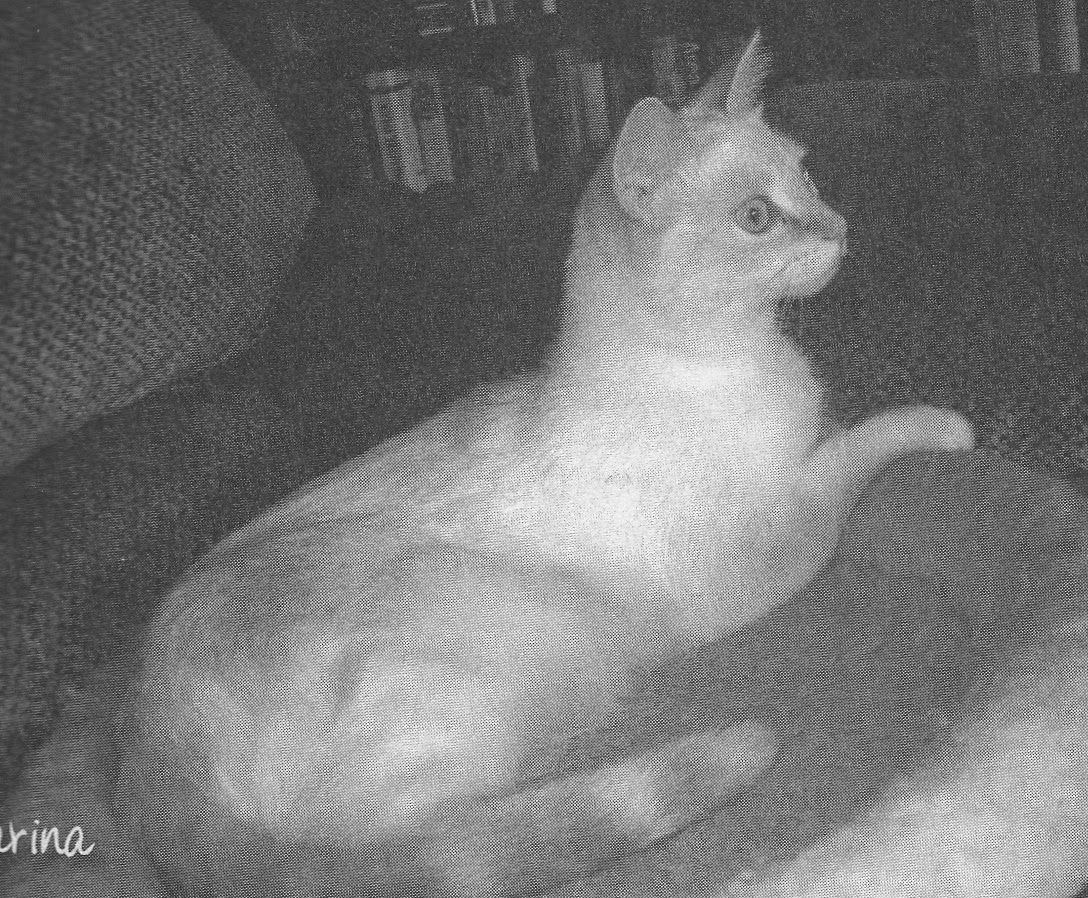A panoramic view of Cincinnati.
Last Thursday’s posting related how
in the fall of 1967, nearly a year after I moved to Dayton on a leave of
absence from the convent, I sent a letter to Rome asking to be released from my
final—solemn—vows. The Roman prelate refused my request because of its
vacillation. Then, in the spring of 1968, the archbishop of
Cincinnati set up a meeting for the following Saturday morning.
A
friend picked me up in his Volkswagen beetle. George had studied for the priesthood,
but had left before ordination. So he and I shared a mutual interest in the
religious life as well as the arts. Our conversation never lagged as he drove
the fifty miles from Dayton to the larger city.
The cathedral of St.
Peter in Chains in downtown Cincinnati.
After
entering the downtown area of Cincinnati and passing the cathedral, which
occupied the corner of 8th and Plum, we came to the chancery. George
waited in the car as I went inside. Upon entering the bishop’s office, I kissed
his ring and then, at his request, sat on the sofa while he stood in front of
his desk. I do not remember the exact words exchanged between us. Thus, the
dialogue that follows gives you only the gist of our conversation.
To
begin he asked, “How did you get here today? By bus?”
“A
friend brought me.”
“Male
or female.”
“Male.”
“You’re
dating?”
“I
have but I’m not dating now.”
“What
about your vow of chastity?”
That
startled me. This will be hard to believe, but in the fifteen months I’d been
out of the convent on a leave of absence I hadn’t once thought about my vows
and about the fact that I hadn’t been released from them. Even when I wrote the
letter asking to be released from my vows it didn’t occur to me that I was
supposed to be living them. And yet that’s what a leave of absence was: I was
away from the convent, but I hadn’t left my vows behind.
I
spent a moment berating myself: How could I have been so dense? But then my
common sense took hold and I said, “How can I decide if I want to return to the
convent if I don’t date and enjoy a normal life outside?”
“You
don’t need to date to lead a normal life. Stop dating until you’ve been
released from your vows.”
He
continued his interrogation. “Do you have a job?”
“I
worked for Pflaum Publishing for a year and now I’m teaching religion at
Julianne Academy.” (Julianne was a Catholic high school for girls in Dayton.)
“So
why haven’t we received your paychecks all this time?”
“What
do you mean?”
“Your
paychecks should be sent here to the chancery.”
“Why?”
I asked. “I need money for clothes. Rent. Utilities. Transportation around
Dayton. All kinds of things.”
“I
remind you again—you are under vows. You made a vow of poverty. Have Julianne
send your paychecks here and we will give you a stipend to live on.”
Something
within me rebelled. Abruptly I rose from the sofa and moved a step closer. “No.
I’m saving for grad school. I will not ask Julianne to send you my checks.”
“You
will. You’ve broken your vows of chastity and poverty already. And now you’re refusing
to follow my orders. This is a serious breach of your vow of obedience.”
I
simply stared at him. What he said was true: I’d forgotten I was still under
vows. Yet I’d done nothing wrong. In many ways I was still living both the vows
of chastity and poverty because deep down I had long ago, even before entering
the convent, found contentment in living simply. Once again, however, the vow
of obedience was proving difficult.
Cassock worn by Roman Catholic bishops.
When
I didn’t respond to his command, the bishop pointed his right index finger at
the floor in front of where he stood and said, “Kneel. I want you to recommit
to your vows. Your checks will come here. You will do no more dating or driving
in cars with men. You will obey my dictates. And you will come back here every
month and report to me.”
I
didn’t move. I could feel myself crossing the Rubicon.
“Kneel!”
he said, his voice rising.
I
picked up my purse and walked toward the door.
“Come
back here and kneel down,” he commanded.
I
turned toward him and said, “I’m never coming here again. And if you have
trouble with that then get in touch with the prelate for Benedictine convents
in Rome and denounce me. Maybe then I’ll be released from my vows.”
With
those parting words, I left the chancery. George drove me back to my apartment
in Dayton. I cried; he sympathized. I never again heard from the bishop. But it
took two more years to finalize my decision. That’s next week’s post.
A 1966 Volkswagen
Beetle.
Photographs from Wikipedia.






